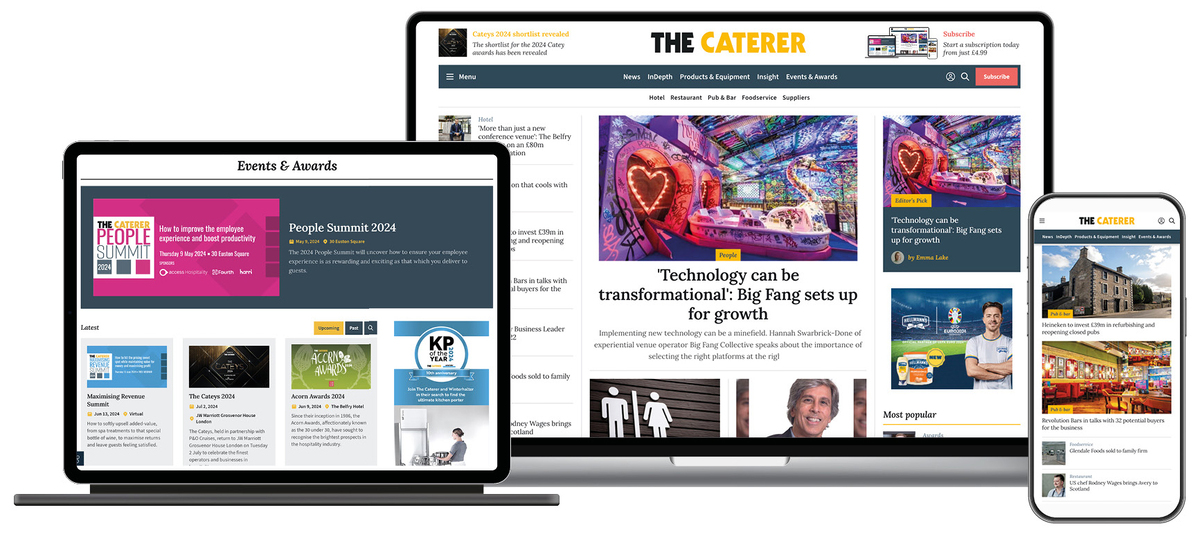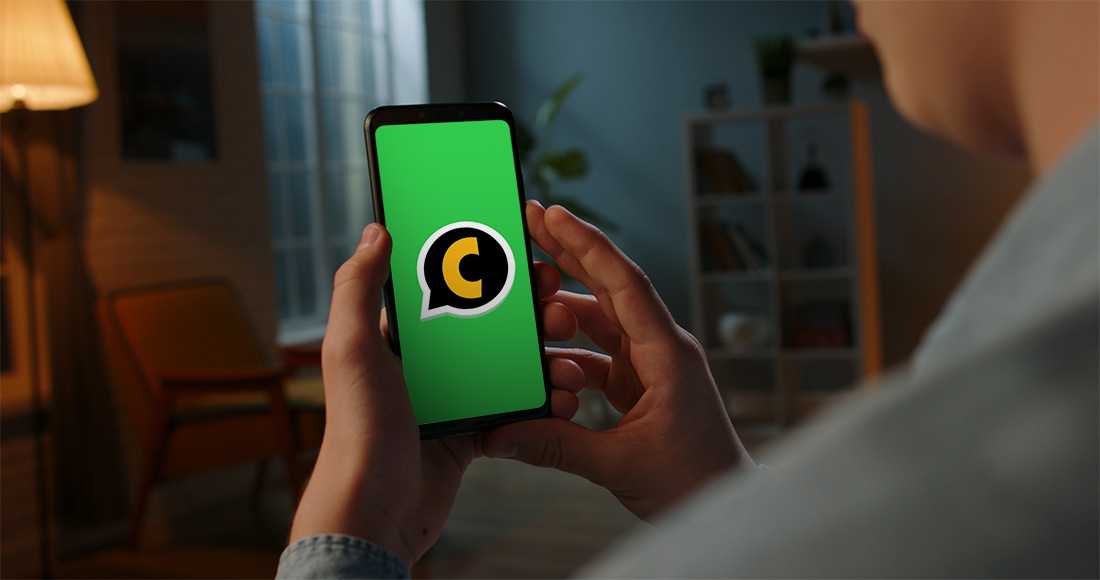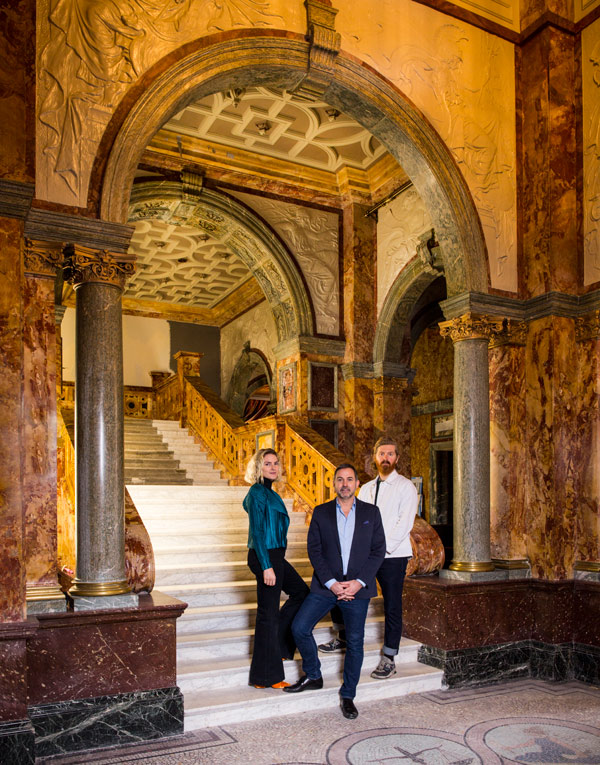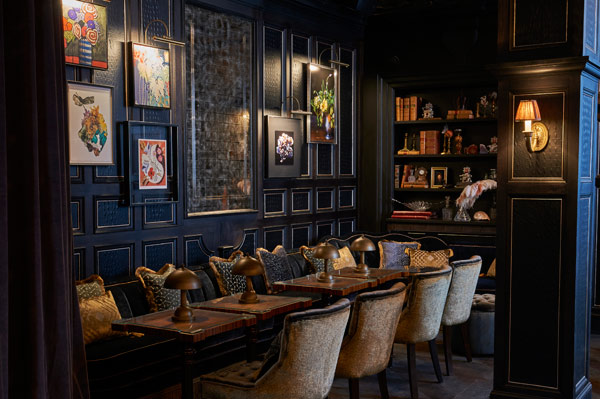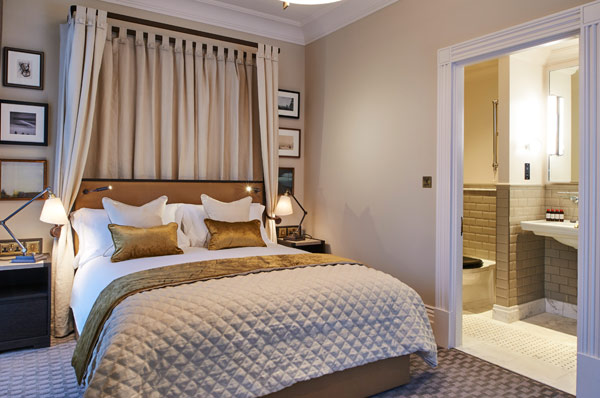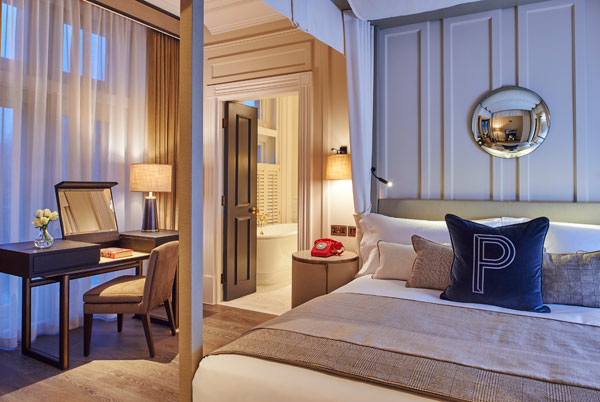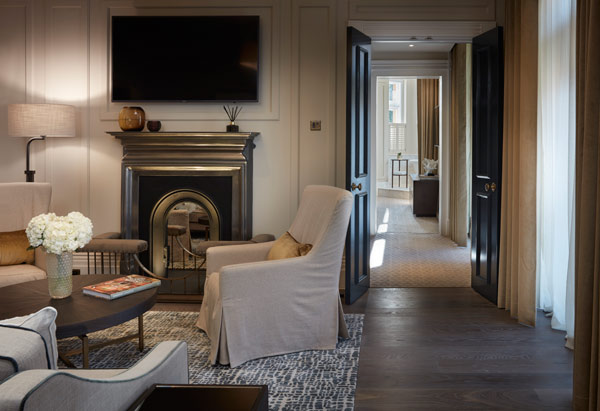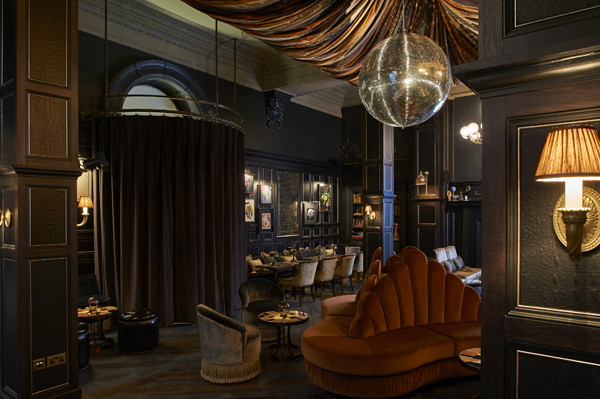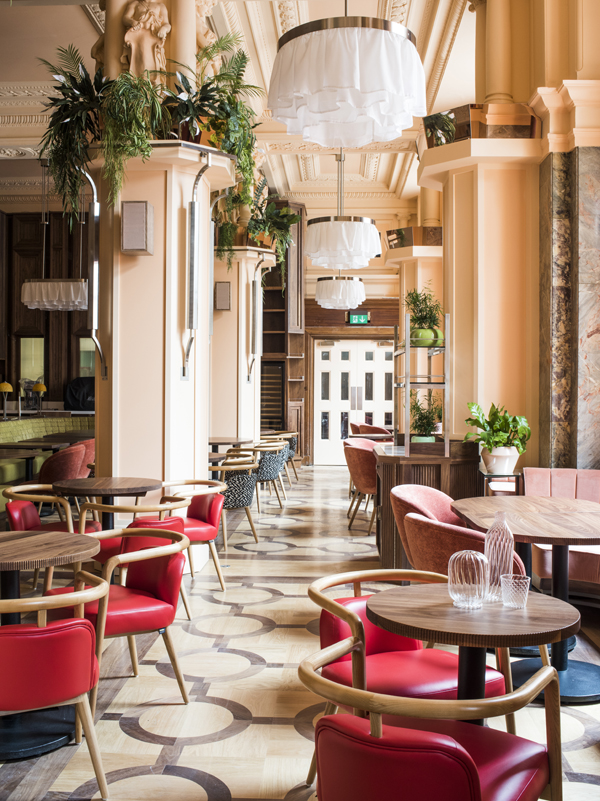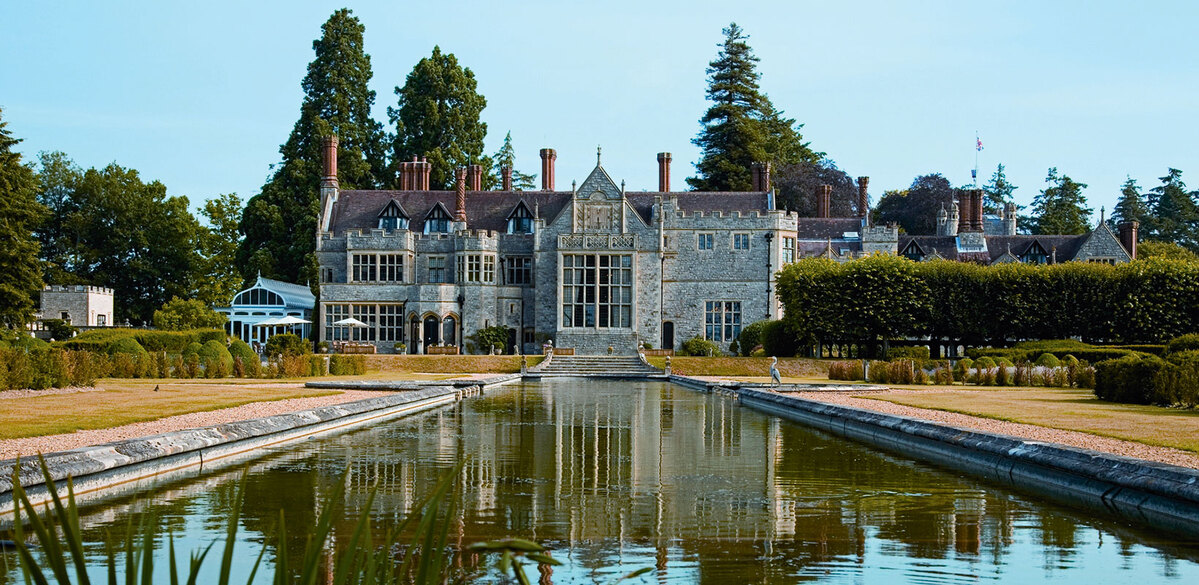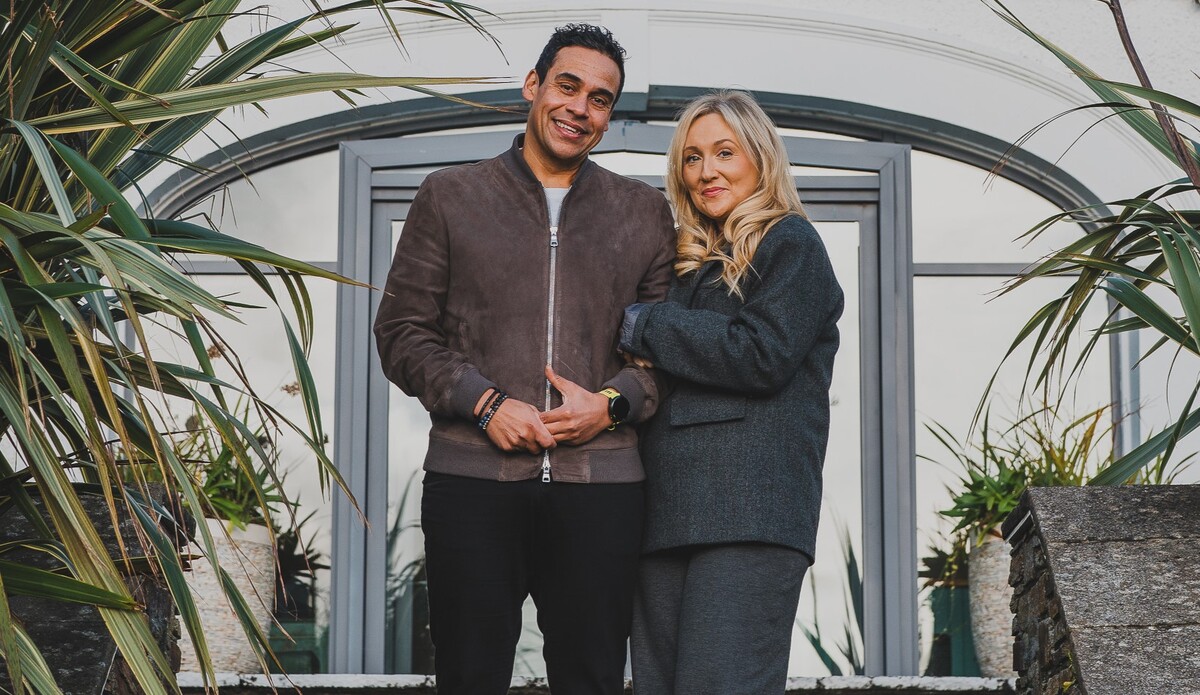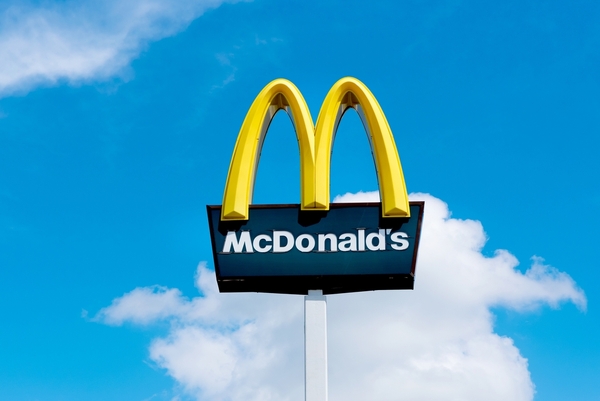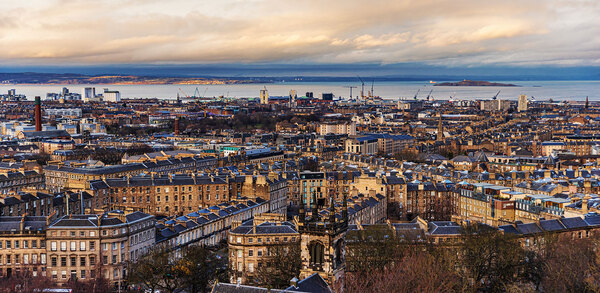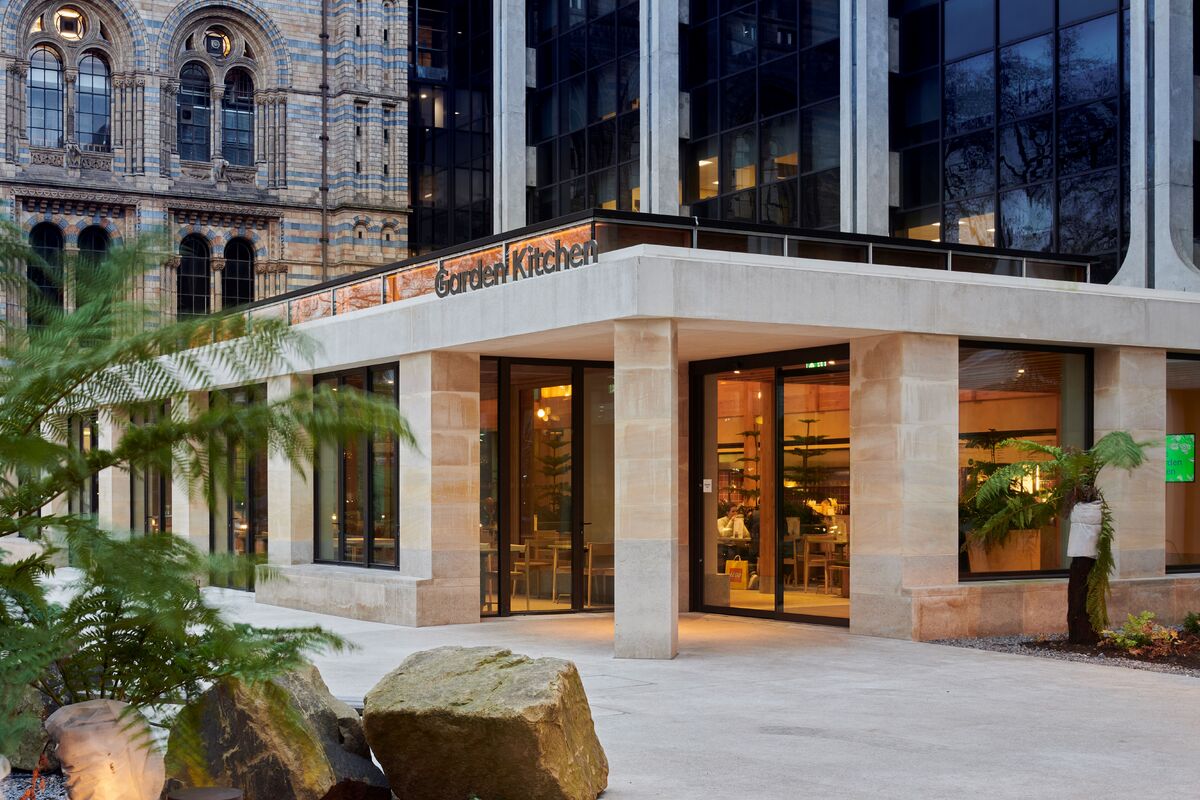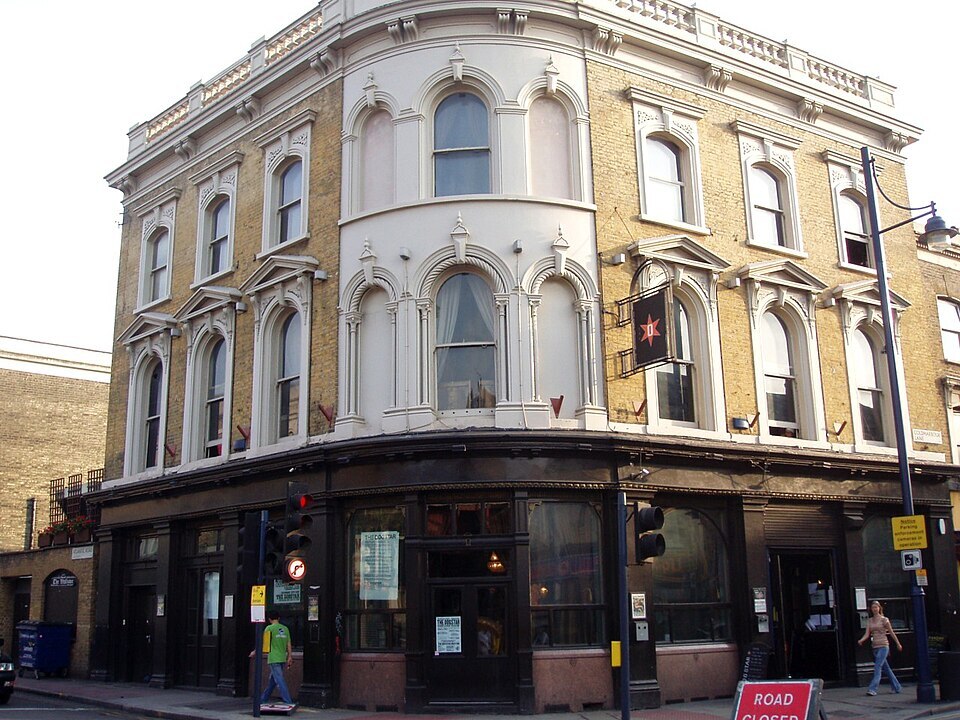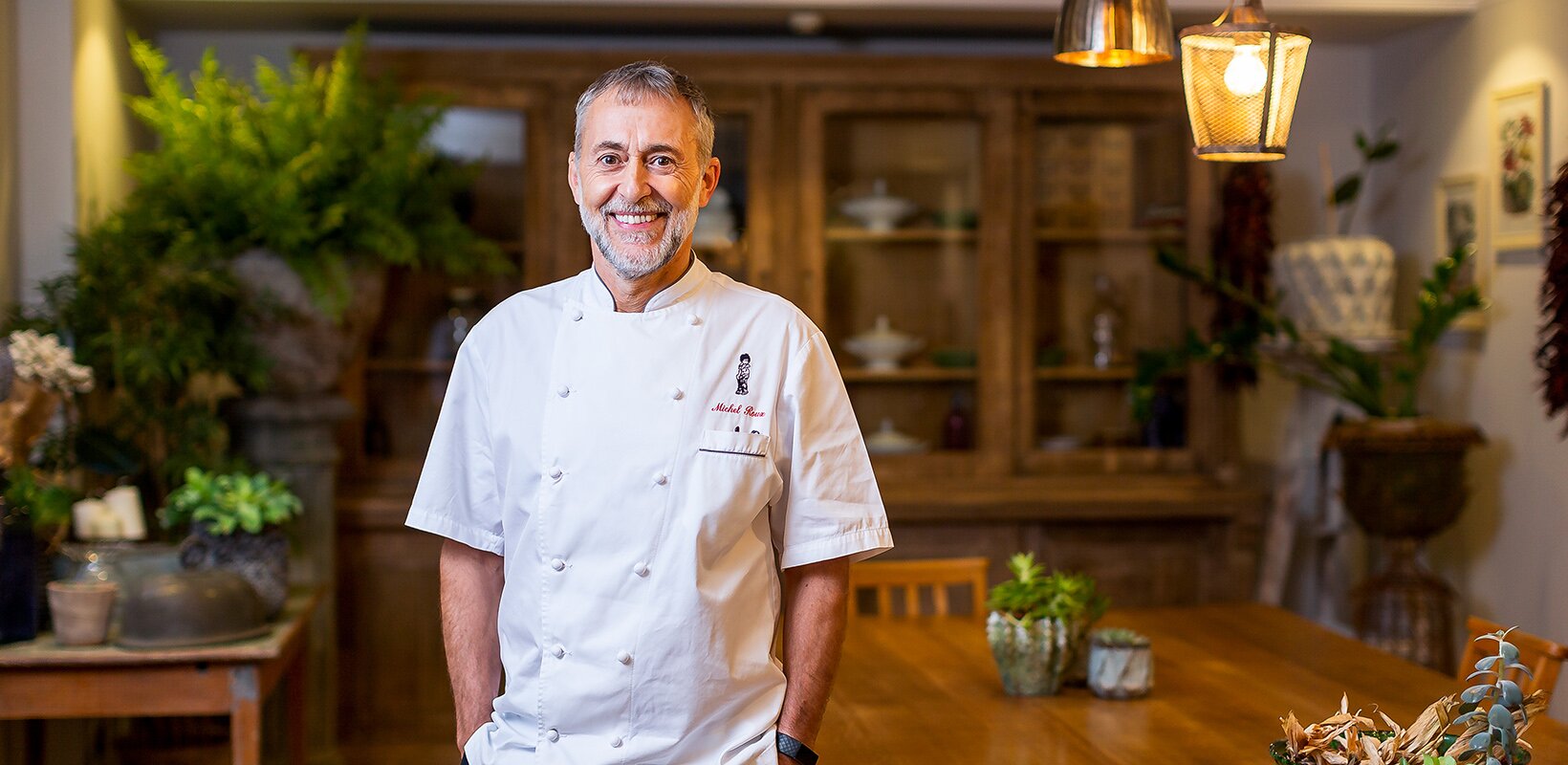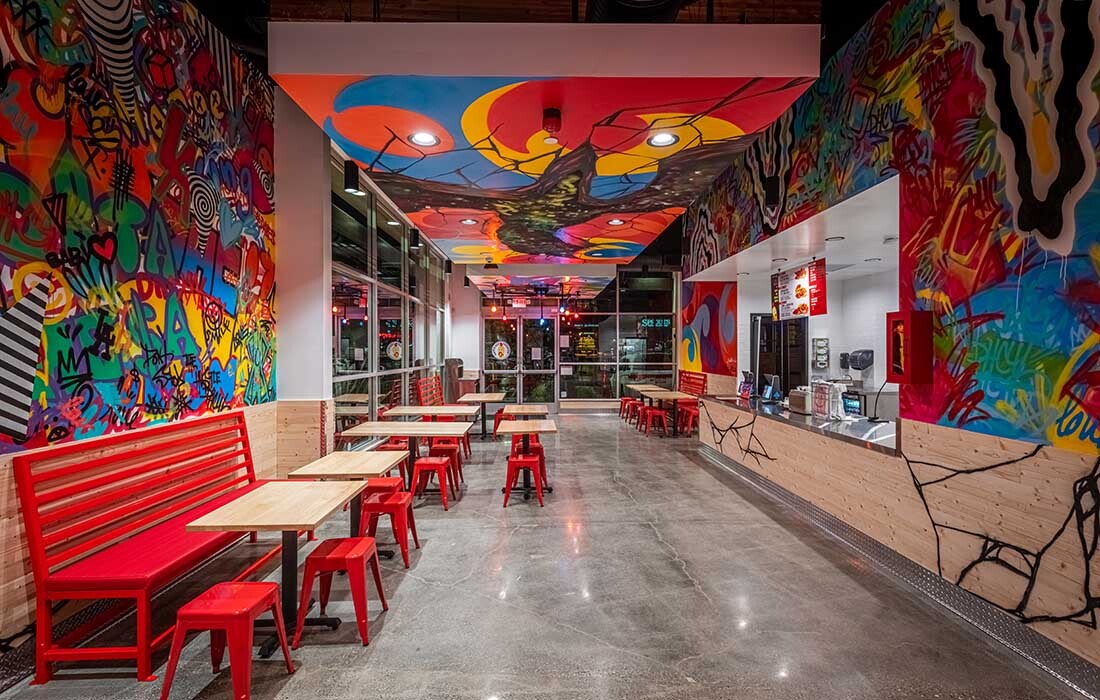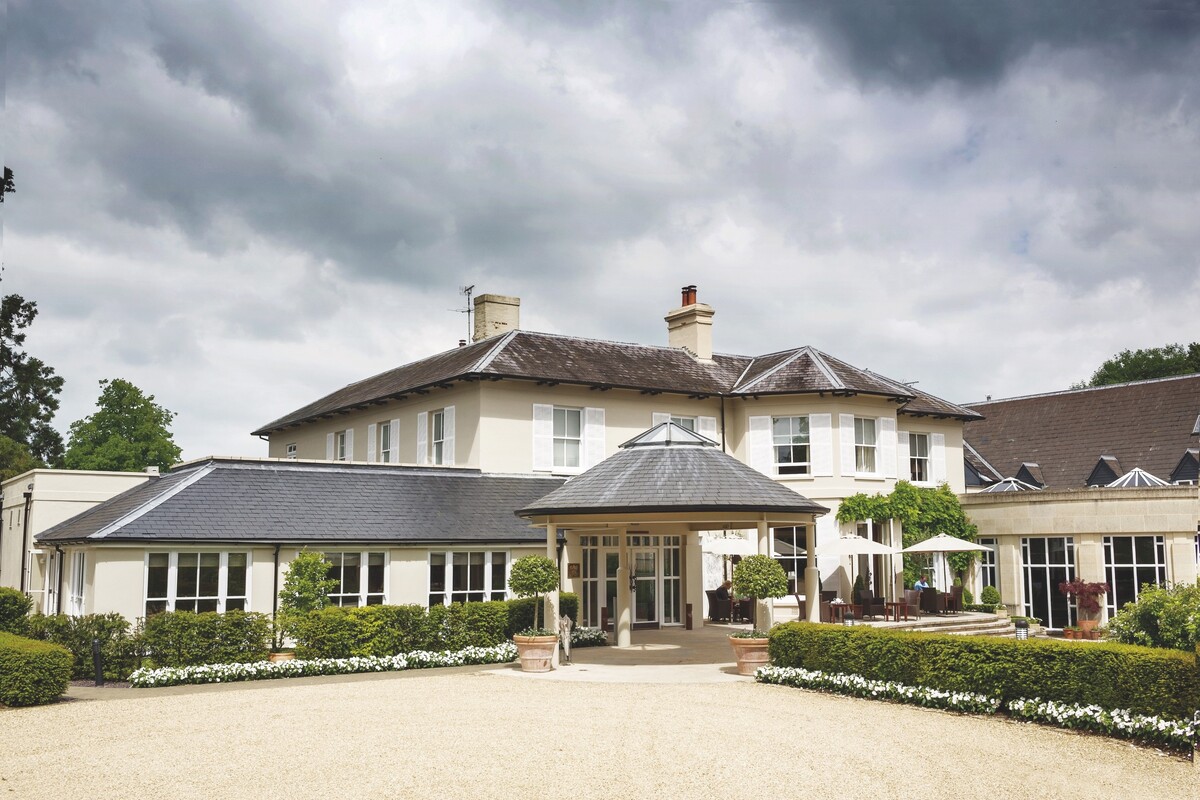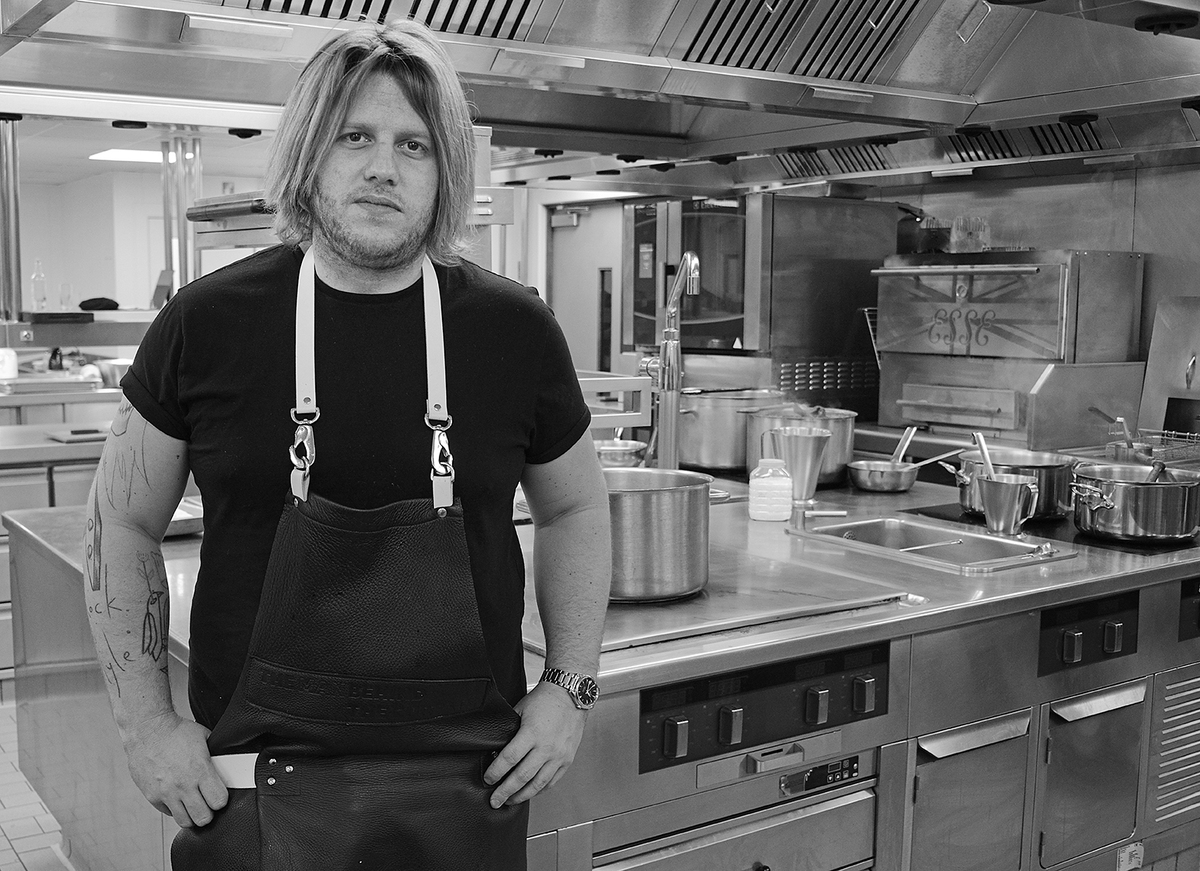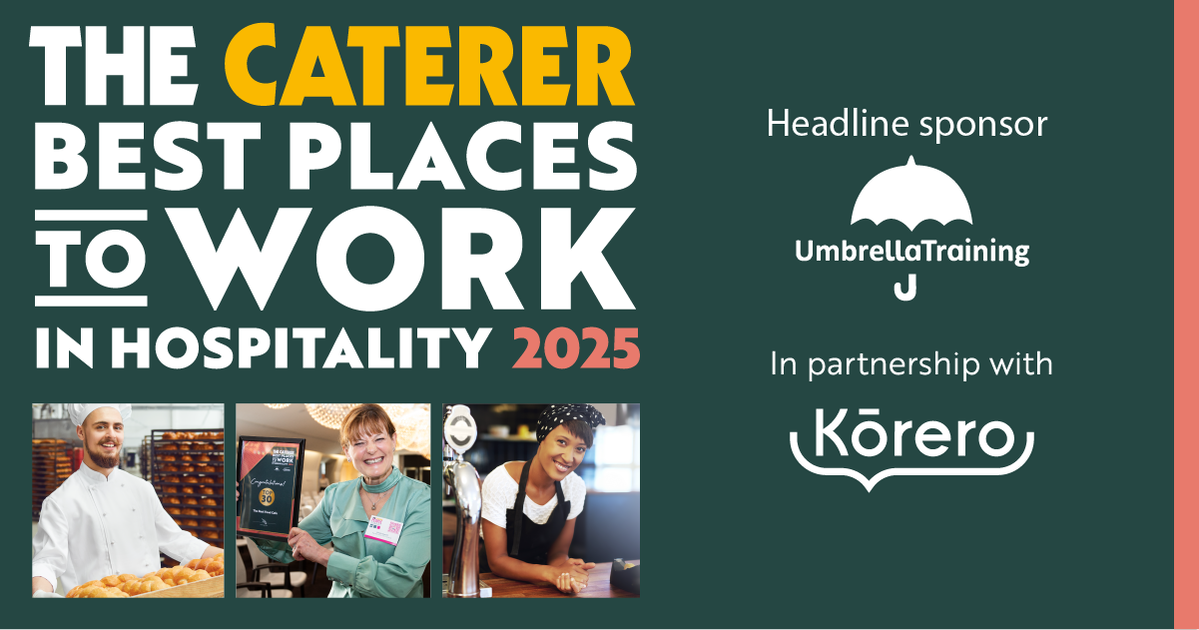The Principal London: a hotel for the new Bloomsbury Set
Starwood Capital Group will launch its flagship Principal hotel in Russell Square next week, after an £85m refurbishment. Rosalind Mullen finds out what London's latest luxury hotel is bringing to the market
Well, thatâs all changed. More than two years of building works and an £85m facelift later, the newly christened Principal London has emerged looking more like its beautiful, original self.
Principalâs owner, US private investment company Starwood Capital Group, has painstakingly restored the Grade II-listed hotel, with a generous layering of 21st-century facilities and contemporary luxury on top.
Although several punchy five-star hotels will be launching within iconic buildings across the capital in the next few years â" including Raffles in the War Office and Rosewood in the former US embassy â" chief operating officer David Taylor is confident that Principal London has an advantage in the market.
âIt is one of the last grande-dame hotels in London to be restored to its former glory,â he says. âRich in history and built to a standard and a specification thatâs simply unaffordable in London these days, it will offer something unique given the variety of restaurants and bars and the high specification of the guest rooms and suites.â
Its location in Bloomsbury should help, too. It sits at the heart of a triangle linking the rejuvenated Kingâs Cross to the north, Clerkenwell and the City to the east and Covent Garden and the West End to the west. Plus, the British Museum is just around the corner, with six million visitors a year, and there are world-class universities and medical facilities nearby.
âThereâs something fabulous about Bloomsbury,â says Taylor. âItâs like the Garment District in New York before Ace and the Nomad opened â" central, but off the radar.â
The in-house design team, headed by Laura Hopkinson, worked closely with lead interior designers Tara Bernerd & Partners on the luxurious Palm Court, guest rooms and public areas, while Russell Sage Studio was responsible for the eclectic Neptune restaurant, Fitzâs cocktail bar and the Burr & Co café and bar.
Initially launched in the Principal Edinburgh George Street hotel, Burr & Co is the brandâs café concept, which also offers beer and wine on tap. Gorgeous Group helped work up the food and beverage concepts and Starwood Capitalâs chief executive Barry Sternlicht waded in with creative direction.
âThe main brief was to retain the architecture, bring integrity back and transform the hotel,â says Hopkinson.
There was also a remit to understand the locality and its history, with a nod to the artistic Bloomsbury Set of yesteryear and to reimagine it for the 20th century. As Bernerd explains: âWe wanted to embrace the community â" hospitals, artists, students â" they are the new Bloomsbury Set.â
Happily, the vast ground floor has allowed for the creation of varied bars and restaurants appealing to locals, guests, different markets or even different moods â" all with street access.
âEach space is different,â says Hopkinson. âBurr & Co is come-as-you-are, with lots of sockets and workspaces, pared back to its original panelling with a wooden floor and quirky accessories. Itâs for younger customers â" maybe students coming in for a reasonably priced coffee. Fitzâs is all about glamour, sparkling under the glitter ball (see panel). Banquettes are rich velvets and there are glamorous sofas. Neptune is vibrant, cool, with apricot walls (see panel). It is an energising room; itâs fun, with a retro-cool theme for a cool crowd. Palm Court is elegant and sophisticated, calming. Perhaps for an older crowd.â
The bedroom count has been cut from 400 to 334, which allows for roomier than average bathrooms. Room types range from the two-bedroom Principal Suite and 39 suites through to guest rooms and city singles. In-room amenities include Ruark music systems and the Perfumerâs Story toiletries from Azzi Glasser. Quirky touches include a roll-top bath in the turrets of the corner suites opposite the four-poster bed, which adds a classic feel.
Hopkinson describes the rooms as: âCalming and cool, but also cosy â" a home from home. Not corporate. The colour schemes are neutral, but there are added depths of colour with plum and aubergine, and some rooms are deep navy.â
Working alongside the designers and architects was brand director Simon Willis, whose challenge was to âlayer [the design] to make it a Principal hotel â" to create a hotel that celebrated British heritage, with a fresh, relevant spirit.â
Heritage is the cornerstone of Principalâs 10 hotels in eight cities because, while it sets out to create individual properties that reflect their environments, brand identity is crucial, too. For instance, Principal Edinburgh Charlotte Square in Georgian townhouses has a residential, private feel, while Manchester, in the former Refuge Assurance Company HQ, is raw and quirky with a swagger in its step. But they are all part of the same family.
This comes across subtly with the signature pops of red in the portfolioâs in-room telephones and vintage lobby postboxes. And all staff are trained in professional informality.
Core brand values also embrace generosity. So a shop in all hotel lobbies sells nibbles and necessities at a fair price, and instead of minibars, each room has a complementary tuckbox with, in Londonâs case, British favourites such as crisps, chocolate, tea and coffee â" all aimed at making guests feel at home.
And it is also attractive to the international market. âPeople like points of difference that say something about the country. Itâs not just a brand,â adds Willis. âItâs not slavish Britishness, but it celebrates the national identity. Our focus groups relaxed when they saw we didnât have Union Jacks and so on.â
As the company flagship, London is expected to generate an awareness of the brand across the UK and internationally. To hit the ground running, general manager Paul Walters has launched the hotel with a room rate of £225 for a double, about £100 less than competitors.
The same goes for occupancy, which is expected to start hitting 80%-90% by September, while there will be a 65%:35% rooms versus food and drink projected revenue split. Initially, Walters is expecting to appeal to the domestic market, drawing on Principal customers and the fact it is close to rail links. The ballroom for up to 450 people and eight meetings rooms are poised to attract bookings from local companies.
Walters, formerly with InterContinental hotel in Sydney and the Langham London, is kicking off with 200 staff and is undaunted about Brexit. âAll markets are cyclical, but business continues to be done here,â he says. Taylor concurs: âRecruitment is more challenging, but the weaker pound means more international visitors. We set out to create a brand thatâs not just appealing to guests but also a great place to work. Having a collection of exceptional hotels across the UK helps with training, development and succession planning. Weâre not complacent, but we believe London is still, on balance, the most creative, diverse and exciting city in the world and people will always want to work and stay here.â
And the brand will keep growing, with Liverpool in the pipeline and Birmingham scheduled to open in 2019.
â- At the time of writing, the French hotel giant Foncière des Régions confirmed that it is in exclusive discussions to acquire the Principal brand for £750m.
Fitzâs cocktail bar
Fitzâs, set across two rooms, is all about velvet chairs, leather, dark walls, mirrors, glamour and a scene-stealing glitterball. Itâs a salon for the 21st century and a nod to the Bloomsbury Set, thanks to the input of Gorgeous Group founder Robbie Bargh.
He also worked with Starwood Capital and designer Russell Sage to make it relevant both to the local community and to hotel guests.
âWe wanted to create the next generation of hotel bar where you can meet, drink or party. Bankers, actors, photographers â" they can all meet and have an interesting time. The best parties have a mix,â says Bargh.
With free spirits in mind, the 18-strong team have been recruited for personality. âThe key to a great bar is the people who work there. Today, people can buy great takeaway food and eat at home, but itâs hard to replicate a bar at home. It needs to be memorable,â says Bargh. âWeâve hired people that we wouldnât mind being stuck in a lift with to attract the right audience.â
So, one of the bar team is a Norwegian magician, and head of bars Sean Fennelly has been recruited from chilled Soho hangout Milk & Honey. Describing his former employer as producing the âfighter pilots of the drinks industry,â he is bringing former colleague Ollie Kritzler over to help seed good training, along with head bartender Carey Hanlon, from Callooh Callay in east London.
Guests have to be seated in the 120-seat bar, but the vibe will be relaxed, with drinks supplied by âweird and wonderful small producers and spirit makersâ, such as Bloomsbury Distillery. Executive chef Roger Olsson will produce a menu of bar snacks âthat donât require a knife and forkâ.
âIt will never feel like a restaurant,â says Fennelly. âItâs food you can dance with.â
He adds: âFitzâs is a destination bar. Itâs the cornerstone to drive business to the hotel in the evenings. This is the flagship hotel so we are pitching it against the best bars in the world.â
The Neptune restaurant Designed by Russell Sage Studio, Neptuneâs unexpected salmon-coloured walls are offset by green velvet banquettes, orange-red chairs and a lack of pretension. As with all Principal hotels, this is no ordinary hotel restaurant and itâs as much for the locals as for the guests.
Behind the concept are colourful restaurant entrepreneurs chef Brett Redman and front of house star Margaret Crow, who run Elliotâs in Londonâs Borough Market and previously operated the Richmond gastropub in Hackney. They realised when working up the Neptune concept that their ideals for âa great local place â" a casual, cool environment with great musicâ havenât changed. So they shut the pub to concentrate on enhancing their vision.
The British-led cuisine will feature raw and chilled seafood and Redmanâs signature wood-fired dishes, alongside an âaccessible and funâ caviar service. Heâs also adding a raw seafood platter to the menu, with hard-shell clams, dill granité and buttermilk or scallop carpaccio. âIt will be our signature âwowâ dish,â says Redman.
Main courses average £18-£26, with large sharing steaks priced £50-£60. Oysters are £2.50-£3.50 a pop.
The 130-cover restaurant will have a rota of 20-plus chefs, serving breakfast, lunch and dinner seven days a week. âPeople will be looking for breakfast and brunch â" possibly an oyster shooter or smoked fish,â says Redman. âAt weekends we will look to attract locals and families. The family market will be new for us. Brunch will be a fun and accessible option. This area doesnât have that.â
Crow, a stylist who honed her front of house skills by âbeing a good customer of restaurantsâ wants to create a âwarm and inviting vibe with no rules, and no stuffy, overbearing service. Itâs like a house party where you can spill a drink and not worry.â
That said, Neptune will be evolving the duoâs philosophy. âOur general manager Sam Jewel worked at the Ivy for seven years and opened Balthazar, so he will bring sophistication with him. He will polish things,â says Crow. âNeptune will be a mish-mash of us and Sam and we are really happy.â
Brand director Simon Willis concurs: âNeptune is the antithesis of a hotel restaurant and will be fabulous to have on the local doorstep. The profile has been driven by Mags and Brett and itâs my job to ensure that they donât get caught up in other hotel stuff. Restaurateurs and hoteliers donât cross over well on the whole.â
The foundations of the Principal Hotel Company 1984 Principal Hotels launches
1994 Tony Troy leads a management buy-out of the group, which 13 years later becomes the Principal Hayley Group
1999 Troy buys the hotel that is now Principal London from Granada for £60m
2013 American private investment firm Starwood Capital Group buys Principal Hayley Groupâs 22 four-star hotels for £365m, De Vere Venues for £231m, Four Pillars for £90m and two hotels in Scotland
2016 Starwood consolidates the group and creates two brands under Principal Hotel Company â" Principal, which embraces the city hotels, and De Vere, the country house division.
The company
Chief executive Tony Troy
Chief operating officer David Taylor
Brand director Simon Willis
The hotels Principal London, Principal Manchester; Principal St Davidâs; Principal Edinburgh Charlotte Square; Principal Edinburgh George Street; Principal York; Principal Glasgow Blythswood Square; Principal Grand Central Hotel; Principal Met (Leeds); and Principal Oxford Spires
In the pipeline Principal Birmingham and Principal Liverpool

